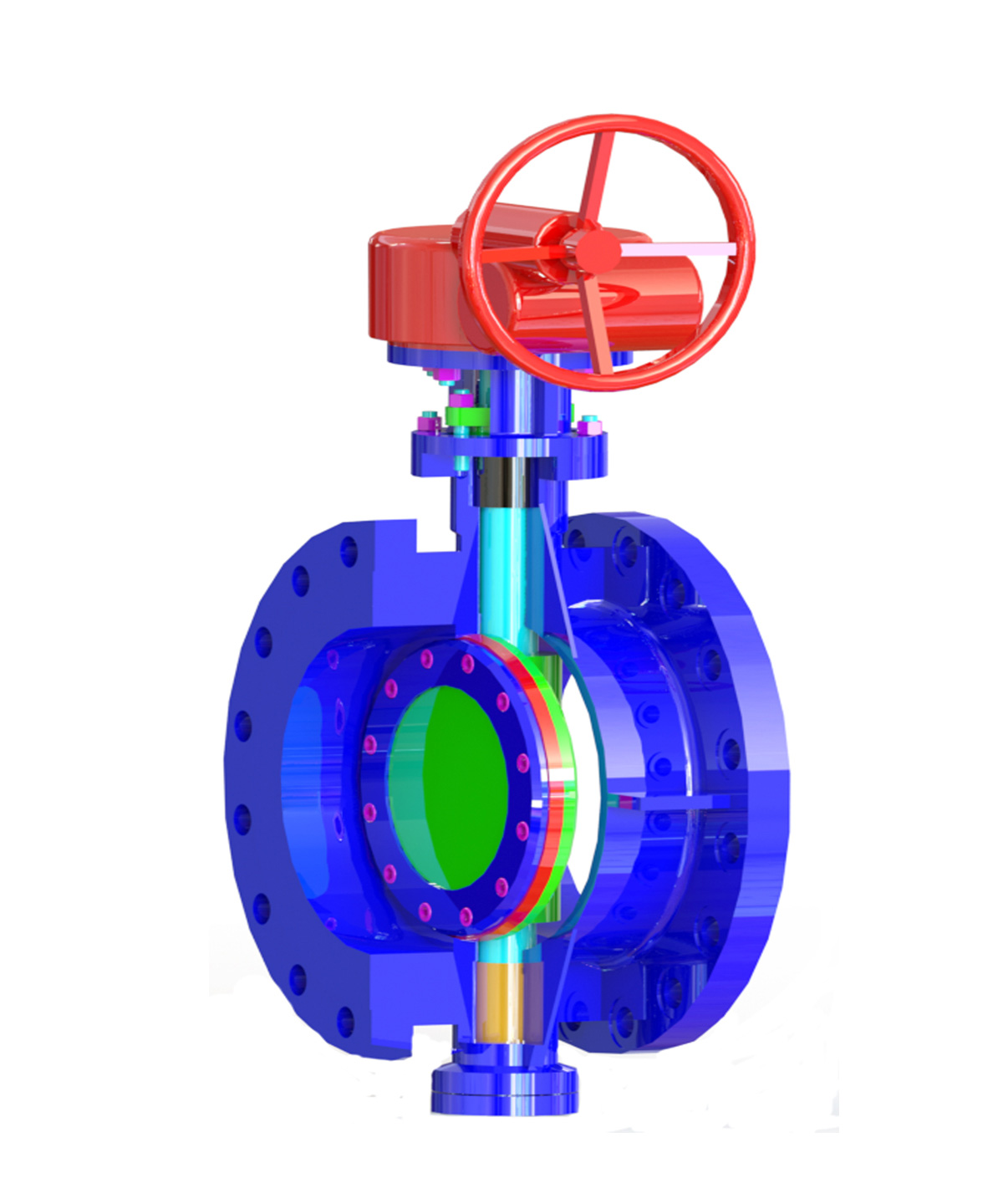Tips to help you choose a butterfly valve
Butterfly
valves are a family of quarter-turn rotational motion ball valves that
are used in pipelines to shut off flow. It is often said that a butterfly valve
can be used to regulate the flow. A butterfly valve is a type of valve used to
control the flow of fluid in a pipe.
When
the valve is open, the disc is turned so that it is parallel to the flow of the
fluid, allowing the fluid to flow through with minimal resistance. When the
ball valve is closed, the disc is rotated perpendicular to the flow of the
fluid, effectively blocking the flow.
Butterfly
valves provide a lot of advantages over other valves, and you can classify them
into manual and pneumatic valves.
- Simple and
affordable design with fewer parts
- It’s easy to
maintain as well as to repair.
- The body of
this unit is light in weight, and it is quite budget-friendly.
- Open and
close without any problem.
- The disc is
lightweight, unlike a ball.
- It doesn’t
require a lot of structural assistance.
Butterfly
Valve Manufacturers: Some of the most well-known and reputable manufacturers are CWT
Valve Industries, Inc. At CWT Valve, we make sure you experience durable and
reliable services, making us one of the most qualified butterfly valve
manufacturers in the industry.
Butterfly
valves are mainly used for segregating or regulating the flow of water. They
are delivered in the ASME 16.34 and API 609 categories with an economical
approach. Butterfly is affordable and of high quality. Ball valves are
essential based on exactly what the customer wants with regard to their appliances.
Butterfly valves are available in a number of designs and sizes, plus they are
produced from different materials, which implies that they offer a model for
just about any project.
CWT Valve
Industries Inc. is a global manufacturer and supplier of valves and strainers
for the oil and gas, petroleum chemical, power generation, mining, marine, and
construction markets. To know more about us, visit us now at https://cwtvalve.com/butterflyvalve.php


Comments
Post a Comment